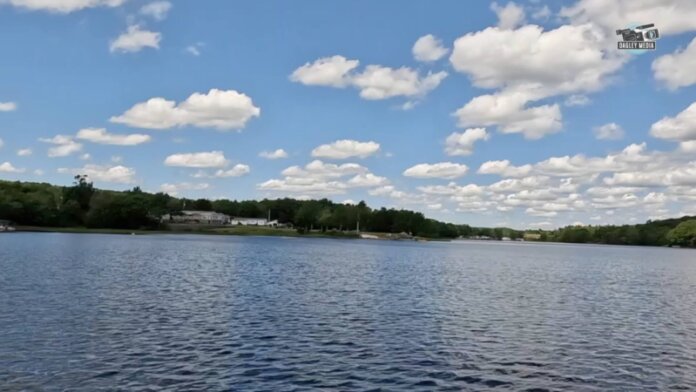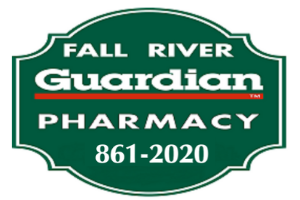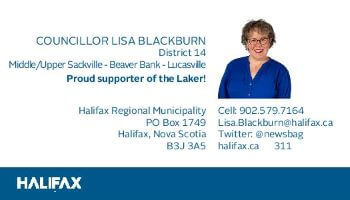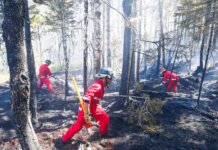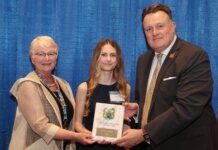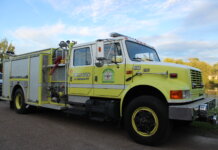WINDSOR JUNCTION: Nova Scotia Environment and Climate Change (NSECC) has started an awareness program regarding blue-green-algae in lakes across N.S.
Part of that involves posting on their website and social media when there are reports of blue-green algae given to them by residents. However, when they indicate the location they name the lake and not a real specific spot.
After First and Second Lake in Lower Sackville were posted to the list after reports to NSECC, that had some in the Fall River/Windsor Junction area curious why NSECC wasn’t more specific. Some said naming a lake itself could keep people away from areas not impacted, and almost makes it seem like the full lake is affected.
So, The Laker News took that question to NSECC to see if we could a response.
NSECC spokeswoman Elizabeth MacDonald answered our question.
MacDonald said Blue-green algae can move around with wind and waves, meaning that it can be present in a specific location one day and quickly disperse to another area within the same body of water.
“This makes it difficult to provide timely and accurate information to the exact location of the algae,’ said MacDonald. “Once blue-green algae is present in a body of water, it can be present for many months, visible or not.”
It’s because of that that NSECC has launched their public awareness/education campaign.
“Because of these variables, we’ve launched a public awareness/education campaign so the public is aware of the risks and can make their own informed decisions,” she said. “It’s important to always be aware of local water conditions- check the water and scan the shoreline before swimming, canoeing, wading, etc.”
MacDonald continued: “The list on our blue-green algae website and the posts on our social platforms are only relevant when the blue-green algae was reported-the posts are part of our educational/awareness campaign.
She said NSECC encourages Nova Scotians to take a look at these resources:

